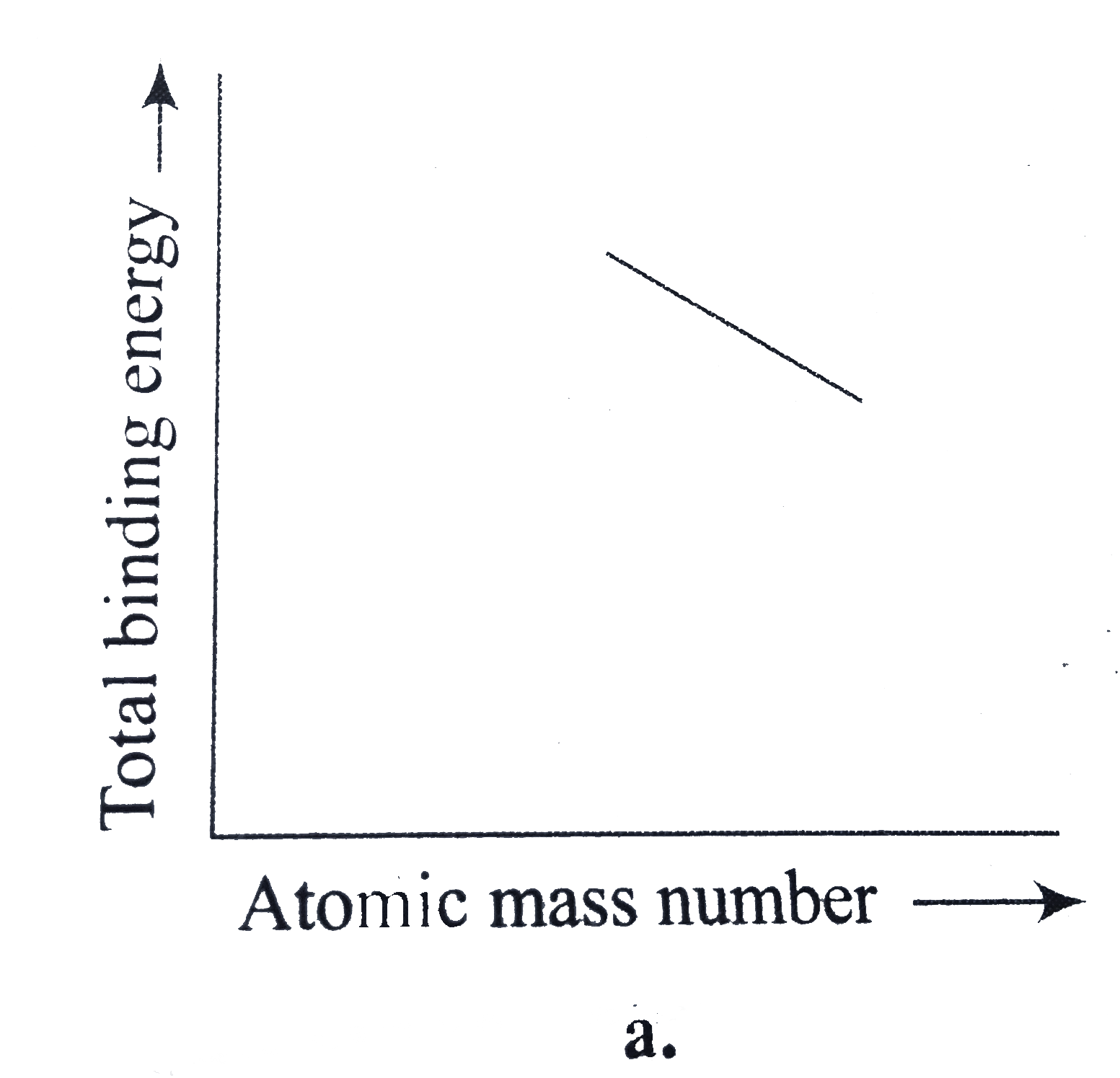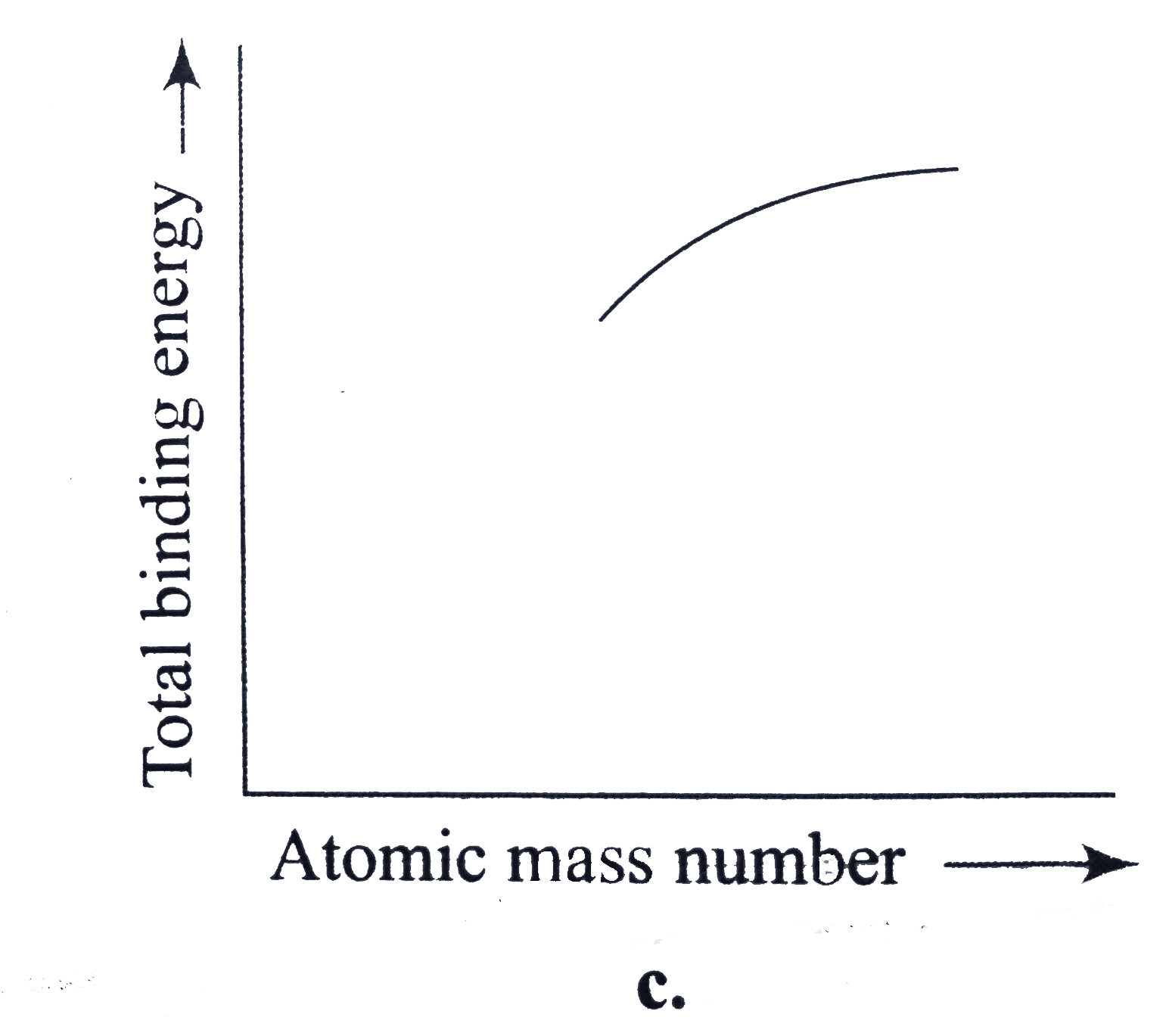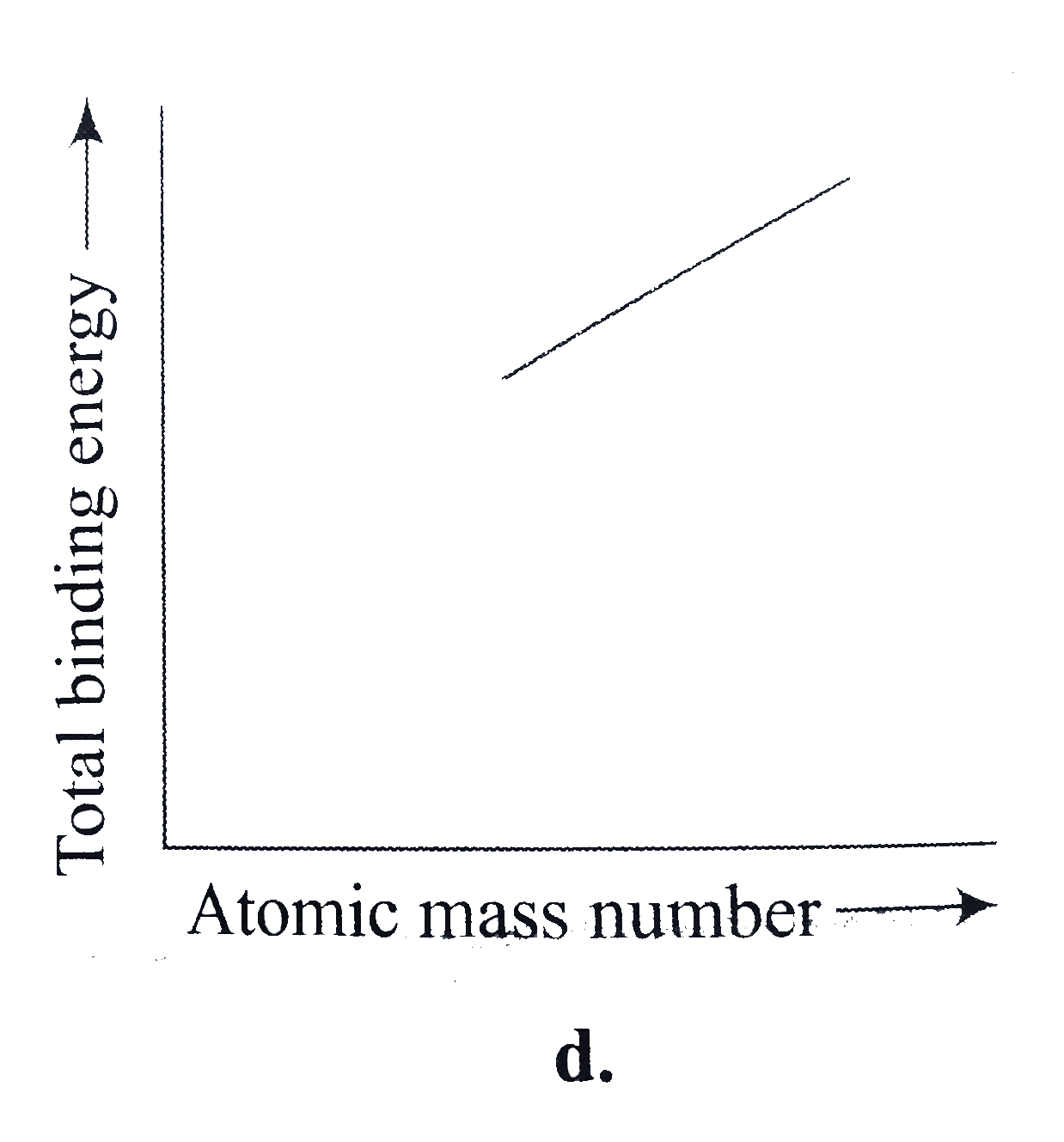The compound unstable nucleus 23692U oftendecays in accordance with the following reaction 23692U→14054Xe+9438Sr + other particles
In the nuclear reaction presented above , the "other particle" might be
an alpha particle
two protons
one protons and neutron
two neutrons
The correct Answer is:D
To solve the problem, we need to analyze the nuclear decay reaction provided:
23692U→14054Xe+9438Sr+other particles
Step 1: Analyze the Reaction
The reaction shows that Uranium-236 decays into Xenon-140 and Strontium-94, along with some other particles. We need to determine what these "other particles" could be.
Step 2: Check Conservation of Protons
In nuclear reactions, both the number of protons and the total mass number must be conserved.
- Initial protons: Uranium (U) has 92 protons.
- Final protons:
- Xenon (Xe) has 54 protons.
- Strontium (Sr) has 38 protons.
Calculating the total protons on the right side:
54+38=92
This shows that the number of protons is conserved, meaning there are no additional protons in the "other particles."
Step 3: Check Conservation of Mass Number
Now, let's check the mass number.
- Initial mass number: 236 (from Uranium-236).
- Final mass number:
- Mass number of Xenon (Xe) is 140.
- Mass number of Strontium (Sr) is 94.
Calculating the total mass number on the right side:
140+94=234
Now, we compare this with the initial mass number:
236−234=2
This indicates that we are missing a total mass number of 2 from the "other particles."
Step 4: Identify the Other Particles
Since we need to account for a mass number of 2 and we have already established that there are no additional protons, the only possible particles that can account for this mass number are neutrons.
- Each neutron has a mass number of 1. Therefore, to account for a total mass number of 2, we need 2 neutrons.
Conclusion
The "other particles" in the decay of Uranium-236 into Xenon-140 and Strontium-94 must be 2 neutrons.
Final Answer
The "other particle" might be 2 neutrons.
---
The reaction shows that Uranium-236 decays into Xenon-140 and Strontium-94, along with some other particles. We need to determine what these "other particles" could be.
In nuclear reactions, both the number of protons and the total mass number must be conserved.
- Final protons:
- Xenon (Xe) has 54 protons.
- Strontium (Sr) has 38 protons.
54+38=92
This shows that the number of protons is conserved, meaning there are no additional protons in the "other particles."
Now, let's check the mass number.
- Final mass number:
- Mass number of Xenon (Xe) is 140.
- Mass number of Strontium (Sr) is 94.
140+94=234
Now, we compare this with the initial mass number:
236−234=2
This indicates that we are missing a total mass number of 2 from the "other particles."
Since we need to account for a mass number of 2 and we have already established that there are no additional protons, the only possible particles that can account for this mass number are neutrons.
The "other particles" in the decay of Uranium-236 into Xenon-140 and Strontium-94 must be 2 neutrons.
The "other particle" might be 2 neutrons.
Topper's Solved these Questions
- BOOK - DISHA PUBLICATIONCHAPTER - NUCLEIEXERCISE - EXERCISE - 1 CONCEPT BUILDER65videos
NUCLEI
- BOOK - DISHA PUBLICATIONCHAPTER - MOVING CHARGES AND MAGNETISM EXERCISE - EXERCISE - 2 : Concept Applicator25videos
MOVING CHARGES AND MAGNETISM
- BOOK - DISHA PUBLICATIONCHAPTER - OSCILLATIONS EXERCISE - Exercise-2 : Concept Applicator28videos
OSCILLATIONS
Similar Questions
The compound unstabel nucleus .23692U often decays in accordance with the following reaction
.23692U→.14054Xe+.9438Sr + other particles
During the reaction, the uranium nucleus ''fissions'' (splits) into the two smaller nuceli have higher nuclear binding energy per nucleon (although the lighter nuclei have lower total nuclear binding energies, because they contain fewer nucleons).
Inside a nucleus, the nucleons (protonsa and neutrons)attract each other with a ''strong nuclear'' force. All neutrons exert approxiamtely the same strong nuclear force on each other. This force holds the nuclear are very close together at intranuclear distances.
Why is a .42He nucleus more stable than a .43Li nulceus?View SolutionChoose the most appropriate answer. In the nuclear reaction presented above, the other particles might be
View Solution
Knowledge Check
- Question 1 - Select One
The compound unstabel nucleus .23692U often decays in accordance with the following reaction
_(92)236U→.14054Xe+_(38)^(94)Sr + other particles
During the reaction, the uranium nucleus ''fissions'' (splits) into the two smaller nuceli have higher nuclear binding energy per nucleon (although the lighter nuclei have lower total nuclear binding energies, because they contain fewer nucleons).
Inside a nucleus, the nucleons (protonsa and neutrons)attract each other with a ''strong nuclear'' force. All neutrons exert approxiamtely the same strong nuclear force on each other. This force holds the nuclear are very close together at intranuclear distances.
In the nuclear reaction presented above, the ''otter particles'' might be .AAn alpha particle, which consists of two protons and two neutronsBtwo protonsCone proton and one neutronDtwo neutrons - Question 2 - Select One
The compound unstabel nucleus .23692U often decays in accordance with the following reaction
.23692U→.14054Xe+.9438Sr + other particles
During the reaction, the uranium nucleus ''fissions'' (splits) into the two smaller nuceli have higher nuclear binding energy per nucleon (although the lighter nuclei have lower total nuclear binding energies, because they contain fewer nucleons).
Inside a nucleus, the nucleons (protonsa and neutrons)attract each other with a ''strong nuclear'' force. All neutrons exert approxiamtely the same strong nuclear force on each other. This force holds the nuclear are very close together at intranuclear distances.
Which of the following graphs might represent the relationship between atomic number (i.e., ''atomic weight'') and the total binding energy of the nucleus, for nuclei heavier than .9438Sr ?A B
B C
C D
D
- Question 3 - Select One
The compound unstabel nucleus .23692U often decays in accordance with the following reaction
.23692U→.14054Xe+.9438Sr + other particles
During the reaction, the uranium nucleus ''fissions'' (splits) into the two smaller nuceli have higher nuclear binding energy per nucleon (although the lighter nuclei have lower total nuclear binding energies, because they contain fewer nucleons).
Inside a nucleus, the nucleons (protonsa and neutrons)attract each other with a ''strong nuclear'' force. All neutrons exert approxiamtely the same strong nuclear force on each other. This force holds the nuclear are very close together at intranuclear distances.
A proton and a neutron are both shot at 100ms−1 toward a .126C nuleus. Which partilce, if either, is more likely to be absorebed by the nucleus?AThe protonBThe neutronCBoth particles are about equally likely to be absorbed,.DNeither particle will be absorbed.
In the nuclear reaction , 23592U→20782Pb, the number of α and β- particles lost would be
View SolutionThe missing particle in the reaction, .23592U+.10n→.56Ba146+...+310n is
View Solution.92U238→.82Pb206+8.42He. The number of β particles releaased in this reaction is
View SolutionA U235 atom undergoes fission by thermal neutrons according to the following reaction
U235+n→14054Xe+9438Sr+2n
Then Xenon undergoes four and Strontium undergoes two consecutive B decays and six electrons are detected. What is the atomic number of the two decay products of Xenon and Strontium?View SolutionThe numberr of neutrons emitted when 92235U undergoes controlled nuclear fission to 54142Xe and 3890Sr is
View Solution

